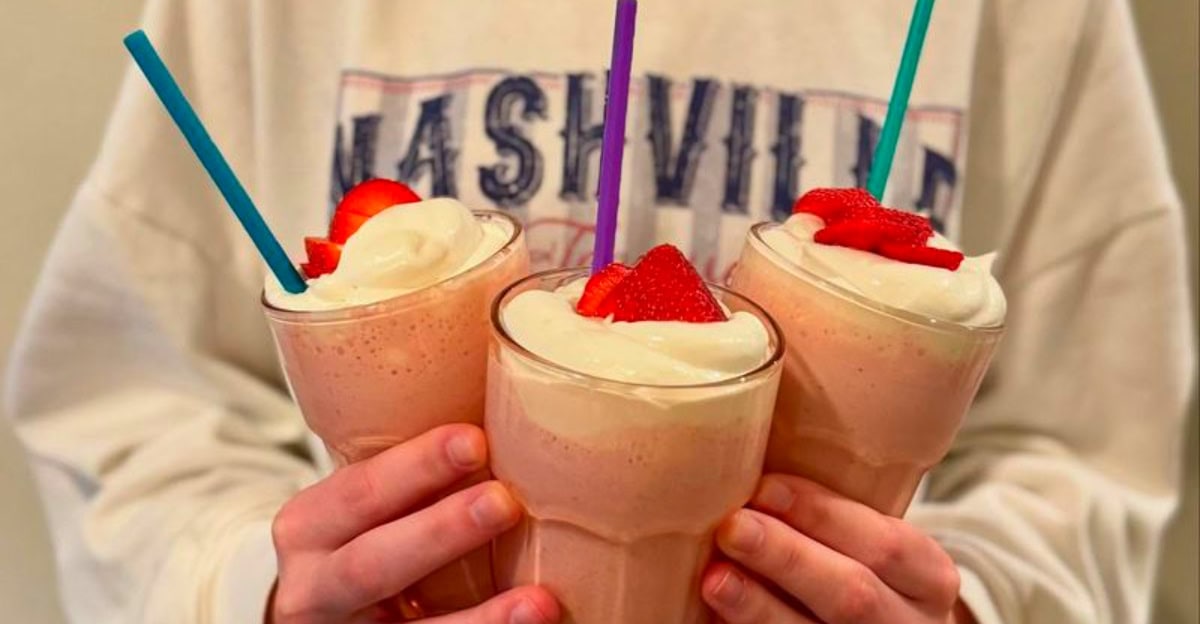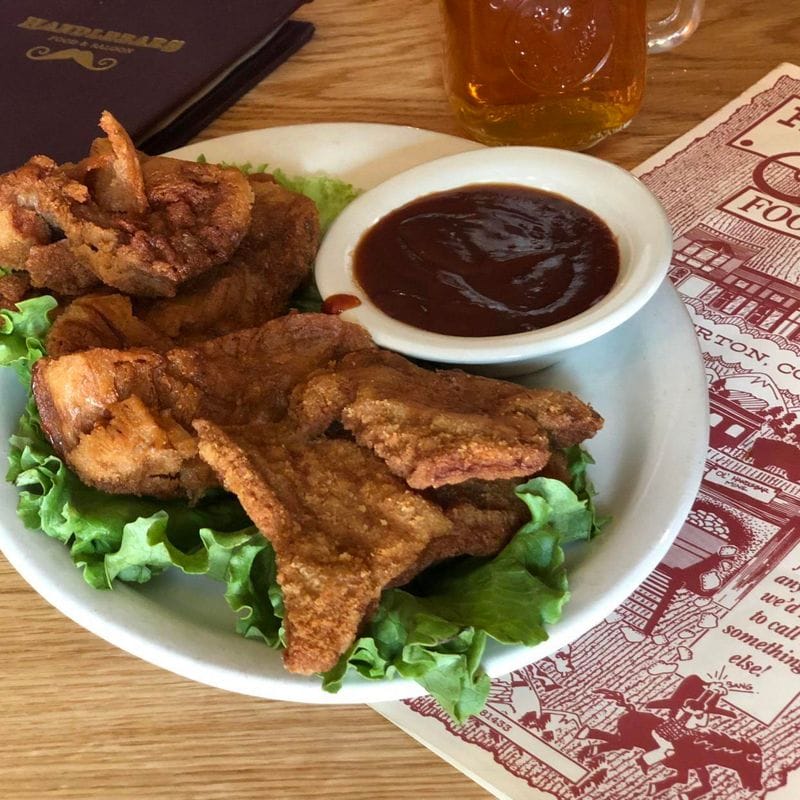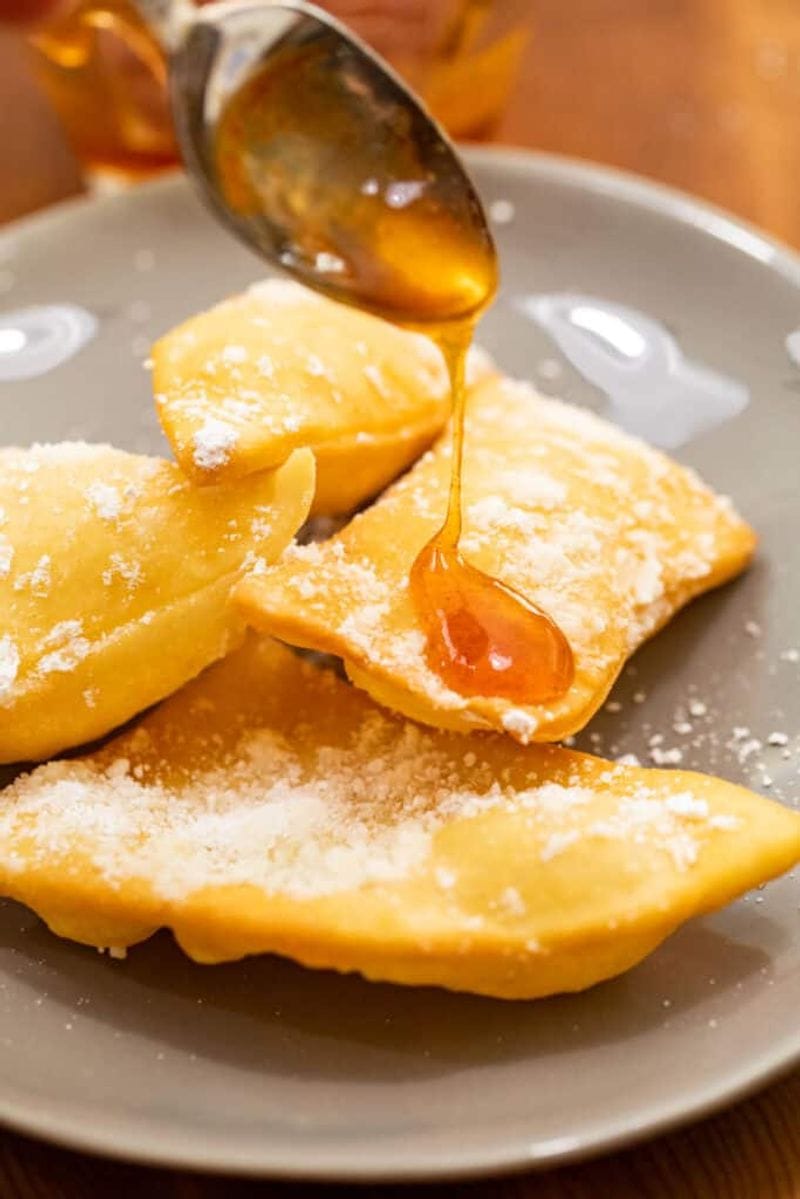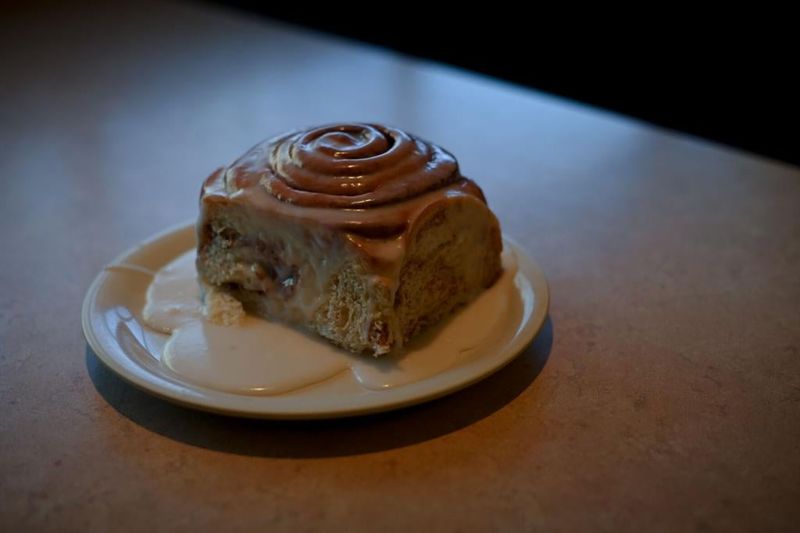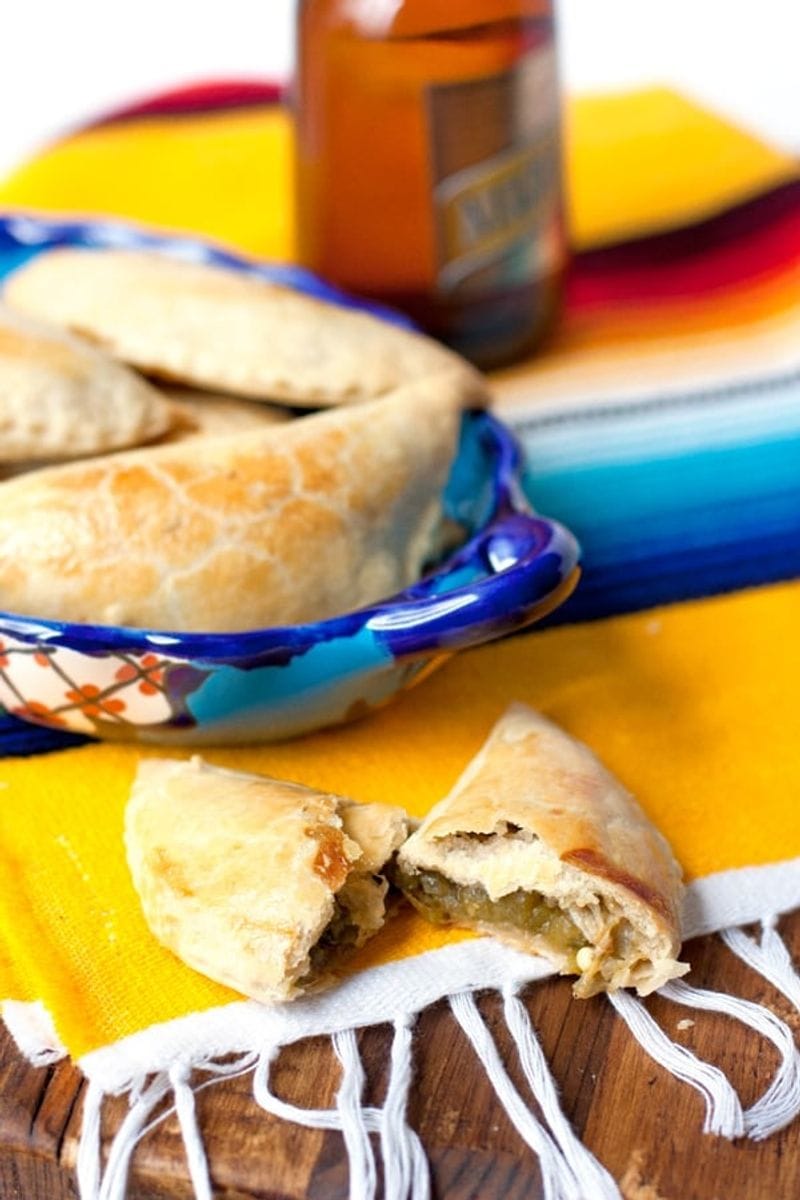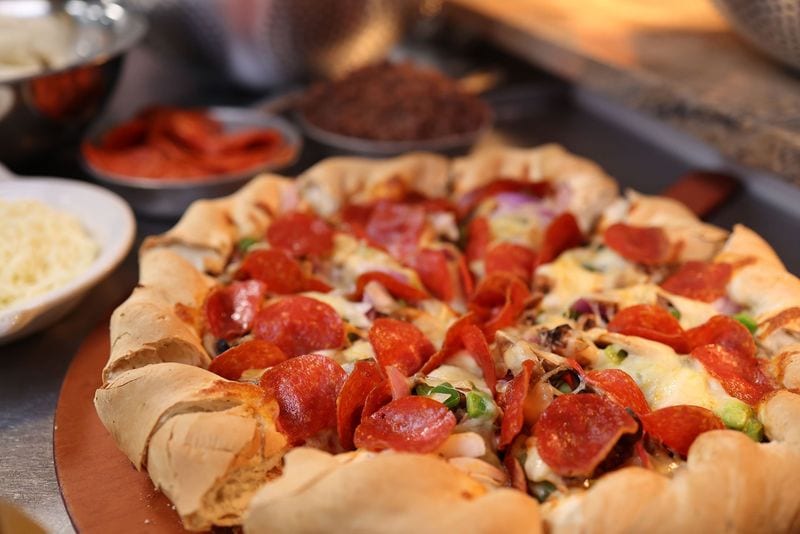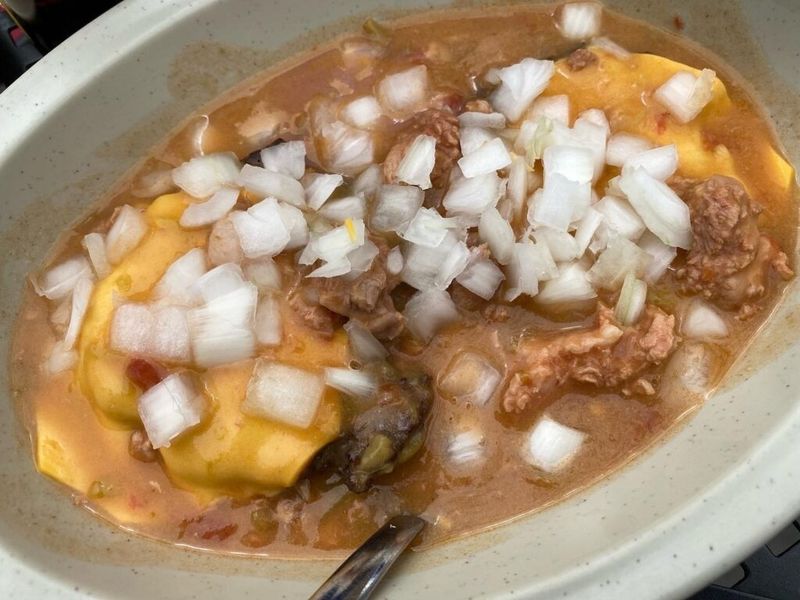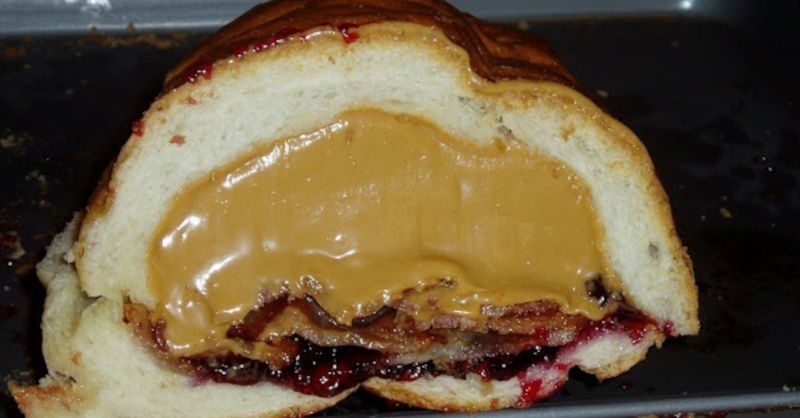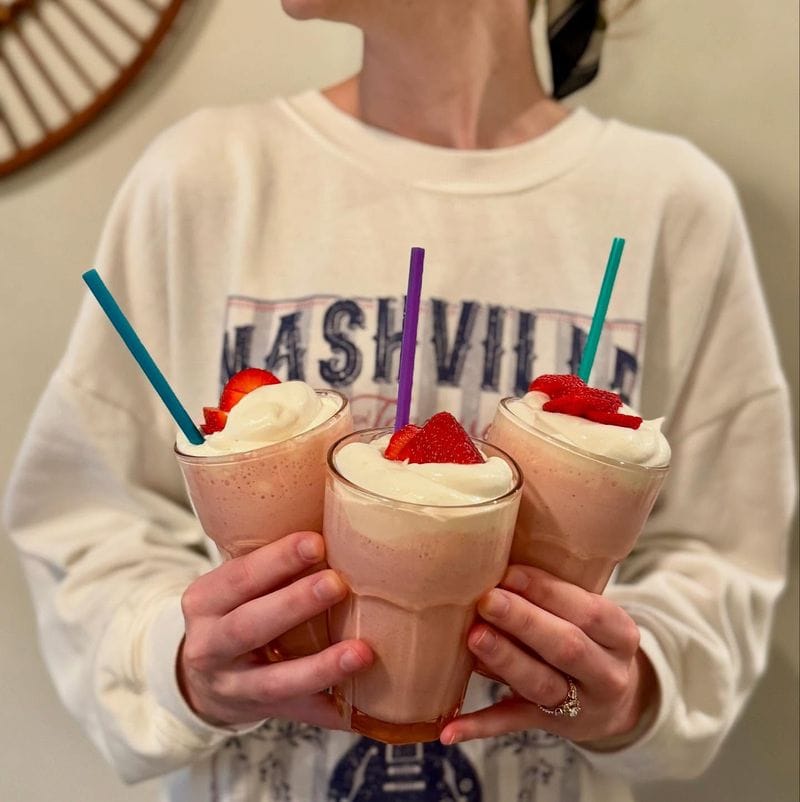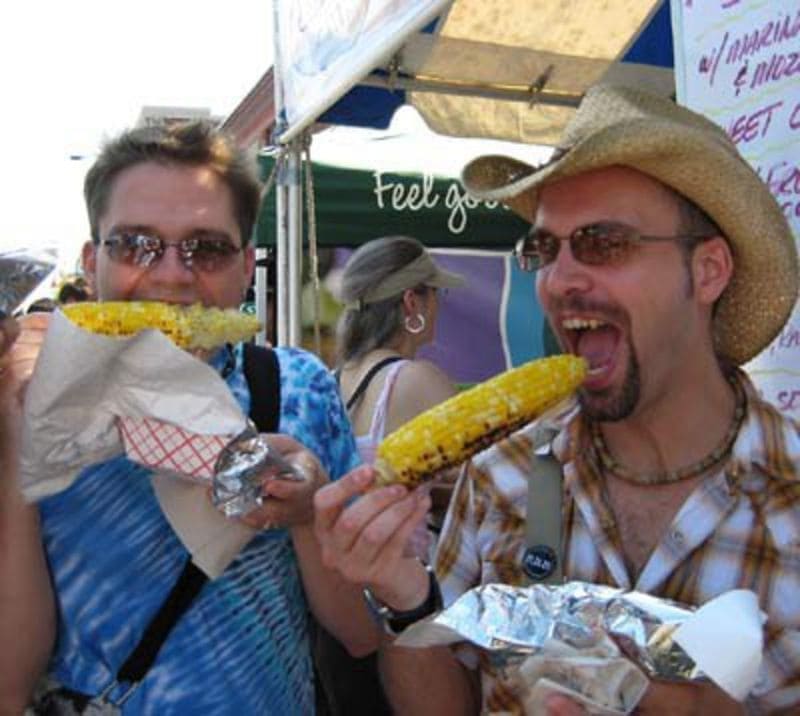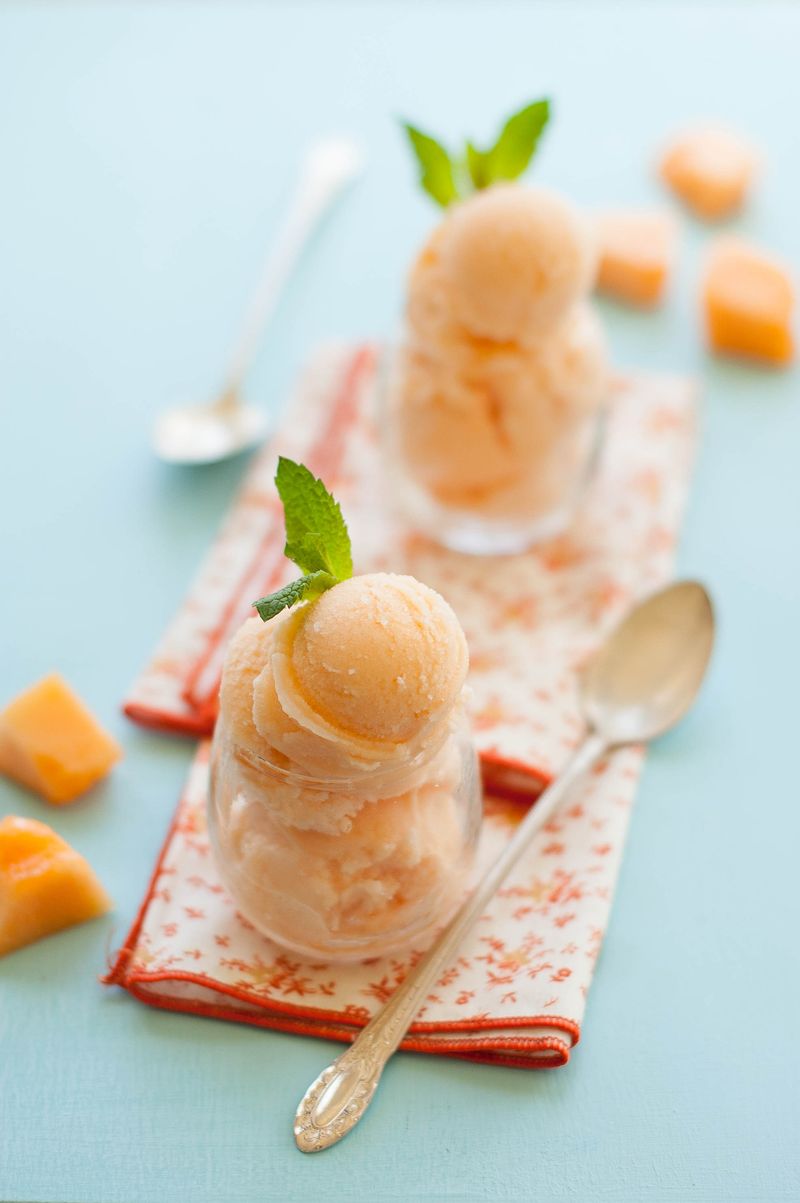Growing up in Colorado meant enjoying snacks you couldn’t find anywhere else. These local treats defined our childhood memories and connected us to the state’s unique culture. From mountain diners to roadside stands, these forgotten Colorado snacks were once part of everyday life but have now become harder to find.
Rocky Mountain Oysters
The notorious mountain delicacy that shocked out-of-state visitors while locals just grinned. These weren’t seafood at all, but battered and deep-fried bull testicles served with cocktail sauce at places like the historic Buckhorn Exchange.
Ranchers originally created this protein-packed snack as a way to use every part of the animal during cattle drives. The crispy exterior gave way to a chewy center that paired perfectly with cold beer.
Old-timers still remember when ordering these was a rite of passage for Colorado teenagers. The brave ones ate them without flinching, while others couldn’t get past the name.
Casa Bonita’s Honey-Soaked Sopapillas
Remember raising that little red flag at your table? Within minutes, a server appeared with a basket of puffy, golden-brown pillows of fried dough. The Lakewood institution made these treats iconic long before South Park immortalized the place.
Kids squirted honey into the hollow center until it oozed out the sides. The combination of hot, crispy exterior and sweet, sticky honey created the perfect ending to an evening of cliff divers and Black Bart’s Cave.
For generations of Colorado families, these sopapillas weren’t just dessert – they were the reward for surviving the notoriously mediocre main courses.
Johnson’s Corner Cinnamon Rolls
Truckers and travelers along I-25 knew the unwritten rule: you don’t pass Johnson’s Corner without grabbing one of their legendary cinnamon rolls. These weren’t your average pastries – they were massive, plate-sized spirals of buttery dough and cinnamon sugar.
The smell hit you the moment you walked through the door of the iconic truck stop. Each roll came drowning in cream cheese frosting that melted into every crevice.
Families on road trips to Denver would deliberately time their journeys to include a Johnson’s Corner stop. The rolls were so famous that the truck stop shipped them nationwide to homesick Coloradans who’d moved away.
Green Chile Empanadas
Long before fusion cuisine became trendy, Colorado’s blend of Mexican and frontier flavors created these half-moon pastries. Small Hispanic bakeries throughout Denver and Pueblo crafted these hand-held treasures filled with spicy green chiles, cheese, and sometimes shredded pork.
The flaky crust shattered with each bite, revealing a molten interior that cleared sinuses and warmed bellies. Neighborhood kids would pool their coins to buy these after school, especially during winter months.
Each bakery guarded its recipe closely, with some claiming roots back to the earliest Spanish settlers. Finding authentic versions today requires knowing which abuelas still make them for church fundraisers.
Mountain Pie Pizza
Beau Jo’s created this Colorado mountain staple in the 1970s, and locals have fiercely defended its unusual style ever since. Unlike any other pizza, these behemoths came with a thick, braided honey crust that doubled as dessert.
Sold by the pound rather than diameter, a mountain pie could feed a family after a day of skiing. The honey-wheat crust supported layers of toppings piled high like the nearby peaks, with squeeze bottles of honey provided for dipping those crusts afterward.
Out-of-staters often scoffed at the concept, but Coloradans knew: after hiking a 14er, nothing satisfied like a pound of mountain pie.
Pueblo Slopper
Forks required! This gloriously messy creation turned the humble hamburger into swimming pool of spicy green chile. Pueblo locals claim ownership of this regional specialty that defied conventional eating methods.
The open-faced cheeseburger arrived completely submerged in a bowl of thick, pork-studded green chile, topped with raw onions and sometimes french fries. The chile’s heat level separated the tourists from the natives – true Coloradans wanted their sinuses cleared.
Gray’s Coors Tavern and Sunset Inn still battle for slopper supremacy, with generations of families taking sides in the friendly feud. Many attempts have been made to export this dish beyond southern Colorado, but something gets lost in translation.
Fool’s Gold Loaf
Elvis Presley once flew his private jet from Memphis to Denver in the middle of the night just for this legendary sandwich. The Colorado Mine Company restaurant created this 8,000-calorie monstrosity: a hollowed-out loaf of bread filled with a jar of peanut butter, a jar of grape jelly, and a pound of crispy bacon.
The combination sounds bizarre until you’ve tried it – the salty-sweet marriage created devotees willing to consume a day’s worth of calories in one sitting. The sandwich arrived warm, with the peanut butter and jelly melting into the bread.
Though the original restaurant closed decades ago, determined foodies still recreate this Colorado legend at home.
Palisade Peach Milkshakes
August in Colorado meant one thing: the arrival of Palisade peaches. While the fresh fruit itself was heavenly, roadside stands along the Western Slope transformed these juicy gems into thick, creamy milkshakes that became the ultimate summer treat.
Made with just-picked peaches, local dairy, and a splash of vanilla, these milkshakes had devoted followers who tracked ripening schedules like meteorologists. Families would drive hours just to slurp these seasonal delights before they disappeared.
The perfect Palisade peach shake had chunks of fruit that clogged your straw – a frustration everyone welcomed. Modern smoothie shops can’t replicate the simple magic of those roadside concoctions.
Olathe Sweet Corn on a Stick
Street food perfection! County fairs and summer festivals across Colorado featured this simple yet unforgettable treat: a grilled ear of Olathe sweet corn impaled on a stick, dipped in melted butter, and sprinkled with chile powder and lime.
The corn itself was the star – so sweet that locals claimed you could eat it raw. Grown in the specific soil and climate conditions of the Western Slope town of Olathe, this corn developed a cult following that spread statewide.
Vendors at the annual Olathe Sweet Corn Festival would go through thousands of ears in a single weekend. The combination of sweet kernels, salty butter, spicy chile, and tangy lime created the taste of Colorado summer.
Rocky Ford Cantaloupe Ice Cream
Small-batch creameries throughout southeastern Colorado once transformed the famous Rocky Ford cantaloupes into summer’s most anticipated frozen treat. The distinctive orange ice cream appeared for just a few weeks each year when the melons reached peak ripeness.
Unlike commercial versions, this handmade delicacy contained visible bits of fresh melon and a natural sweetness that required minimal added sugar. Farm stands along Highway 50 near Rocky Ford became weekend destinations for families seeking this ephemeral dessert.
Old-timers recall how the cantaloupe’s fragrance would fill the car on the drive home with their precious cargo packed in dry ice. Modern artisanal ice cream shops have attempted revivals, but none capture the original’s pure melon flavor.
